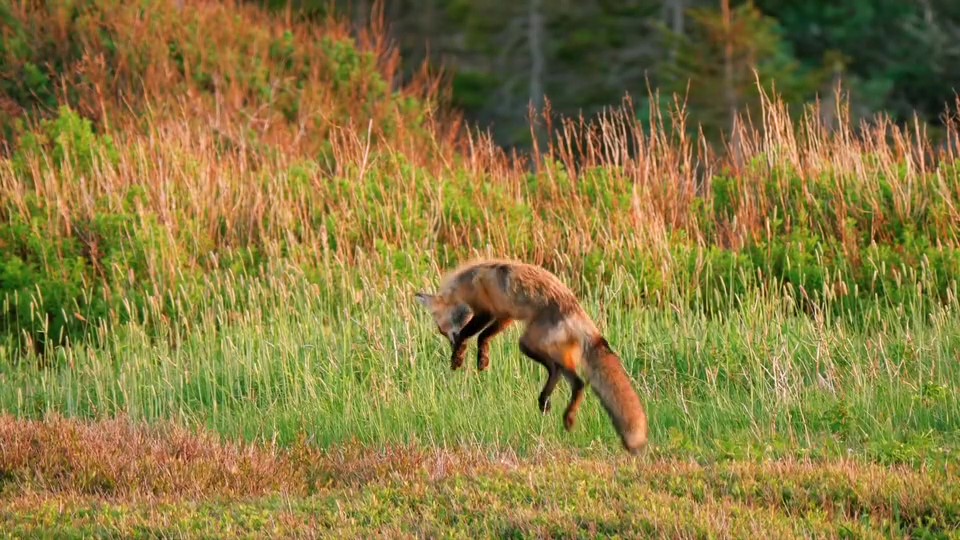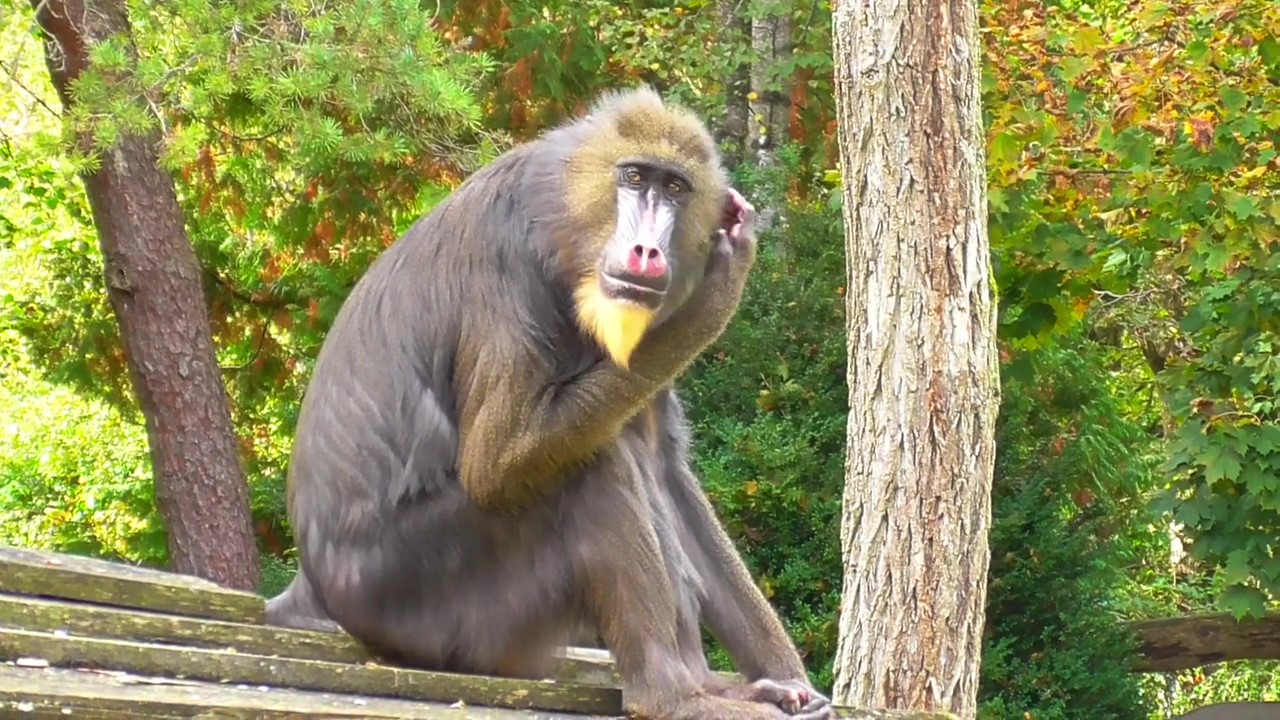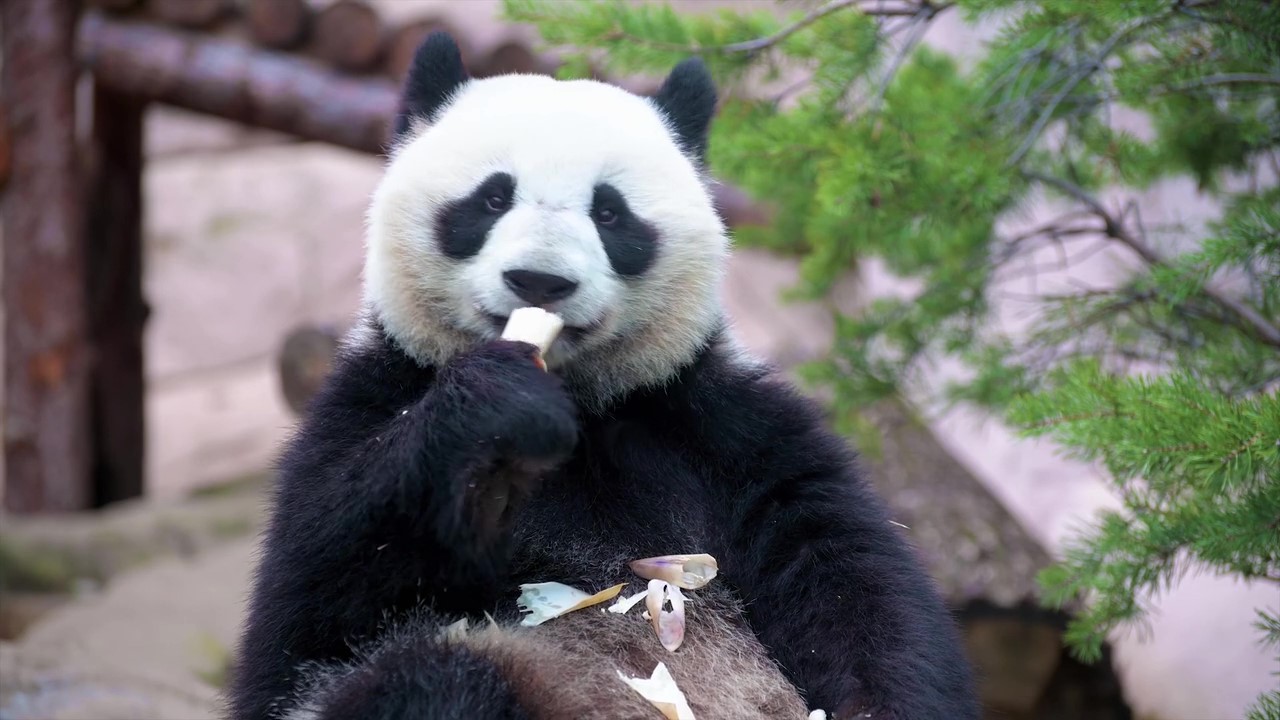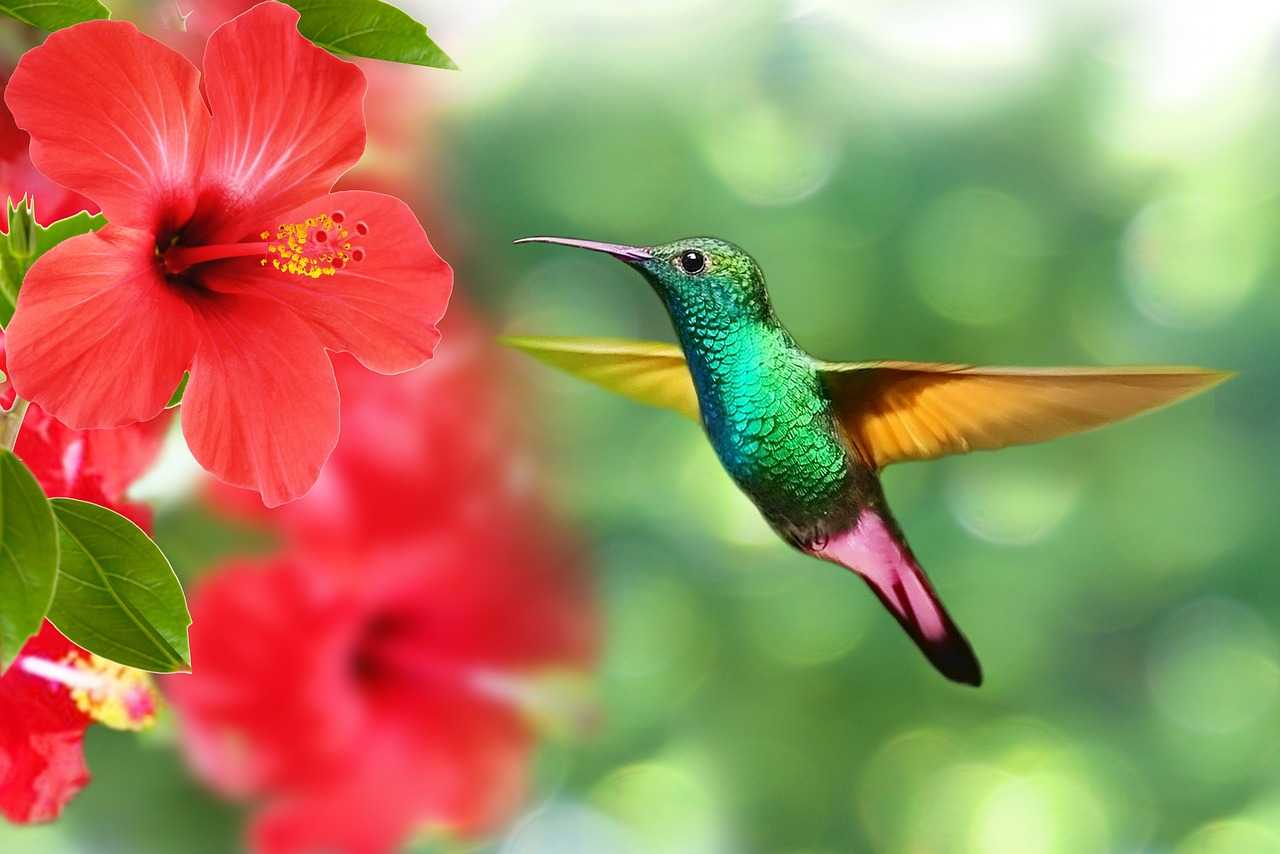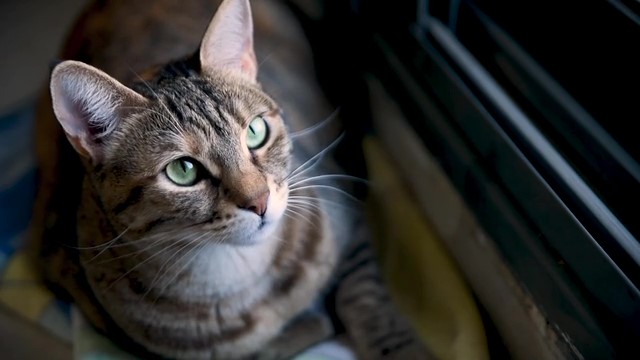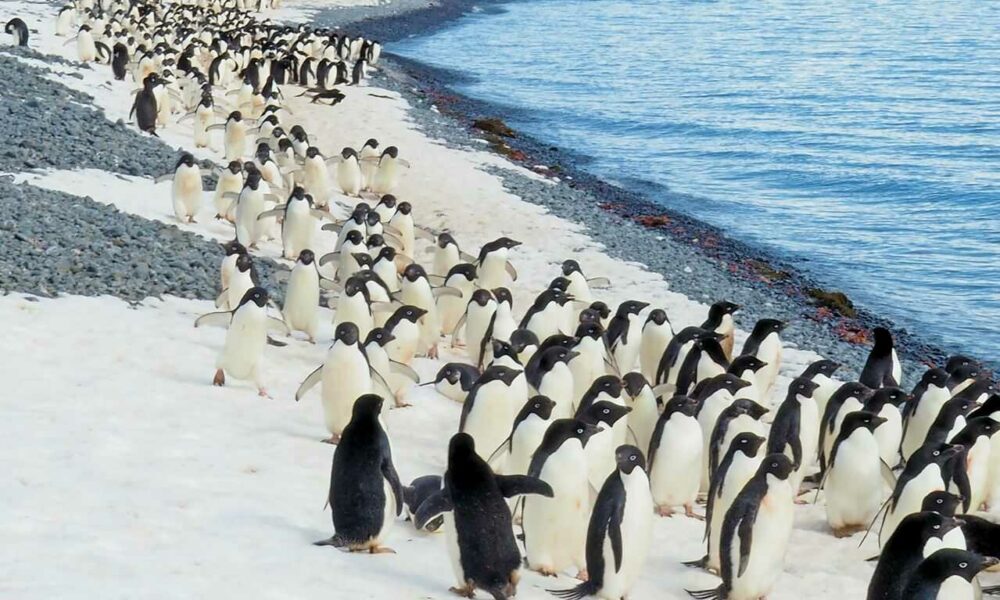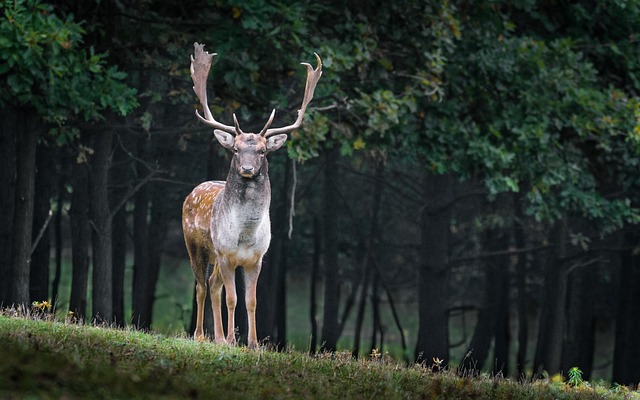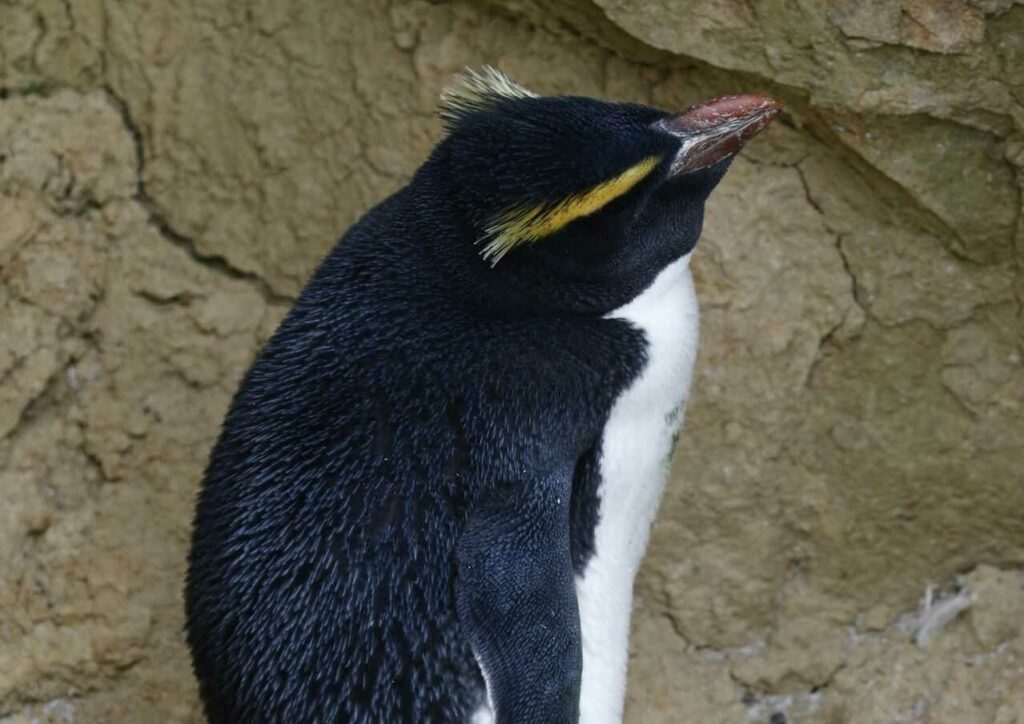
Fiordland Penguin
Fiordland Penguin
Fiordland Penguin
Are you familiar with the 'forest fairy' known as the penguin? While penguins are usually imagined living on ice, the Fiordland Penguin, introduced on this page, unusually resides in forests. This mysterious bird, often unseen, has many secrets yet to be uncovered. What kind of life does this forest fairy lead? Let's dive in and find out!
Fiordland Penguin Basic Infomation

Order: Sphenisciformes, Family: Spheniscidae, Genus: Eudyptes
Height: 40-55 cm
Male Weight: 4.9 kg (pre-molt), Female Weight: 4.8 kg (pre-molt)
Male Weight: 3.0 kg (post-molt), Female Weight: 2.5 kg (post-molt) - Adults at Jackson Head
Male Bill Length: 18.5 cm, Female Bill Length: 17.8 cm - Adults at Jackson Head
Male Flipper Length: 5.1 cm, Female Flipper Length: 4.5 cm - Adults at Jackson Head
Population: 5,500-7,000 birds
The Fiordland Penguin, also known as the 'Crested Penguin', is primarily distinguished by its black cheeks and throat with a white belly, and a white stripe-like pattern on its cheeks. Its back is covered in black feathers and the front of its feet is pink, while the underside is black. The thick base of its beak extends upwards into beautiful yellow crest feathers that resemble eyebrows. Males and females look identical, making it difficult to distinguish between them, although males are generally larger.
Its appearance closely resembles that of the Snares Penguin, but the Fiordland Penguin can be identified by the white stripe on its cheeks. A simple memory aid is to remember that the tip of the Snares Penguin’s beak turns pink.
Fiordland Penguins start breeding around June or July, landing on islands such as Fiordland to begin nesting. They build nests on steep slopes, under fallen trees, or choose rock crevices and caves.
Most nests are isolated, but occasionally they form small groups called 'rookeries'. After nest completion, they engage in breeding activities with a preferred partner. The bond between pairs is said to be strong.
Females lay two eggs in July or August, but the first egg is often smaller and sometimes only the second egg is incubated, leading to the abandonment of the first. Incubation, performed alternately by both males and females, lasts for 30-36 days leading to the hatching of chicks.
For the first 2-3 weeks, males protect the chicks by warming them under their bellies while females forage at sea and bring back food. As chicks grow, they start to form groups known as 'creches'.
During this period, parents continue to forage at sea and only call out to their chicks for feeding. Approximately 60-80 days after birth, the chicks grow to the size of adults and are ready to leave the nest. Initially covered in fluffy down, they gradually lose these feathers, which are replaced by adult feathers, including the distinctive crest feathers, although these remain somewhat shorter in juveniles. As they mature, their crest feathers grow larger.
Fiordland Penguin Q&A

What is the origin of the name 'Fiordland Penguin'?
The Fiordland Penguin is named after its habitat in Fiordland, a region on the southwestern coast of New Zealand's South Island. The alternate Japanese name, 'Kimayu Penguin', is derived from the yellow crest feathers that resemble eyebrows, which extend from the base of the beak over the eyes.

Why does the Fiordland Penguin live there?
As briefly mentioned earlier, the Fiordland Penguin breeds and raises its young on the South Island of New Zealand, including Fiordland and Stewart Island. Occasionally, these penguins are also sighted along the coasts of Australia, but these are likely strays that have drifted ashore.
These penguins prefer Fiordland for its abundant food sources such as squid and octopus around the islands, which likely influences their breeding locations.

What does the Fiordland Penguin eat?
The Fiordland Penguin dives into the ocean to feed on squid, octopus, crustaceans, and fish. Chicks are fed regurgitated food consisting of digested squid and octopus by their parents.

Is it true that Fiordland Penguins do not form rookeries?
Yes, it is true. Fiordland Penguins generally do not form large colonies known as rookeries. The reason for this is not well understood but may be related to their nesting preferences in the forests, where large colonies are not necessary. The Yellow-eyed Penguin, another species, also does not form rookeries.

Why do Fiordland Penguins breed during the winter?
Fiordland Penguins breed during the New Zealand winter months of June to August. Several reasons for choosing the colder season for breeding include reduced presence of predators, optimal nest temperatures, and higher availability of food such as squid and octopus around their breeding sites.
Like the Fiordland Penguin, the Emperor Penguin also breeds during the winter.

I want to know more about the personality of the Fiordland Penguin!
The Fiordland Penguin is considered the most timid within its genus. However, it will make a hissing noise if threatened by predators near its nest. While generally quiet, it has the capability to defend what is important when necessary.
Recently, as Fiordland has become a popular national park and tourist destination, some penguins have become accustomed to humans due to increased boat cruises in the area.

Are there any places where Fiordland Penguins can be observed?
As of November 2021, unfortunately, there are no locations in Japan where Fiordland Penguins are kept. However, one can visit Fiordland National Park in New Zealand, which offers boat cruises around Milford Sound where these penguins can be observed in their natural habitat. Although it can be costly, travel agencies offer packages for such trips.

Does the Fiordland Penguin have any natural predators?
Natural predators of the Fiordland Penguin include introduced mammals such as stoats and rats, which pose threats to eggs and chicks. However, the biggest threat comes from human activities, including habitat disturbance and bycatch in fisheries. The species is currently classified as 'Vulnerable' by the IUCN.

What is the lifespan of a Fiordland Penguin?
Fiordland Penguins can live up to 16 years in the wild under harsh natural conditions.

Would you like to become a part of the 'Animalbook.jp'?
Turn your knowledge into Q&A and share it with the world. ※Publication will be activated after purchase. Let's share information together!
Fiordland Penguin Type of List

- Fiordland Penguin
Information
Congratulations! You are the first commenter!

Would you like to leave a comment?
※Please note: This is for the purchase of rights to post comments within the article.

Find Your Favorites!
Our shop offers a unique and attractive selection of goods themed around various animals.
Fiordland Penguin References

- ペンギンガイドブック 著者:藤原幸一
- ペンギンライブラリー ホシザキ株式会社 https://www.hoshizaki.co.jp/penguin_island/penguin/
- Pew Charitable Trusts世界のペンギンの保護 https://www.pewtrusts.org/-/media/assets/2015/05/penguinoverviewfinaljp.pdf
- BirdLife International Tokyo もっとも絶滅リスクの高いペンギンはどの種でしょうか? https://tokyo.birdlife.org/archives/world/13126
- 【世界遺産】森の中に住む絶滅危機のペンギンとは https://topics.tbs.co.jp/article/detail/?id=9444
Fiordland Penguin Introduction of media used
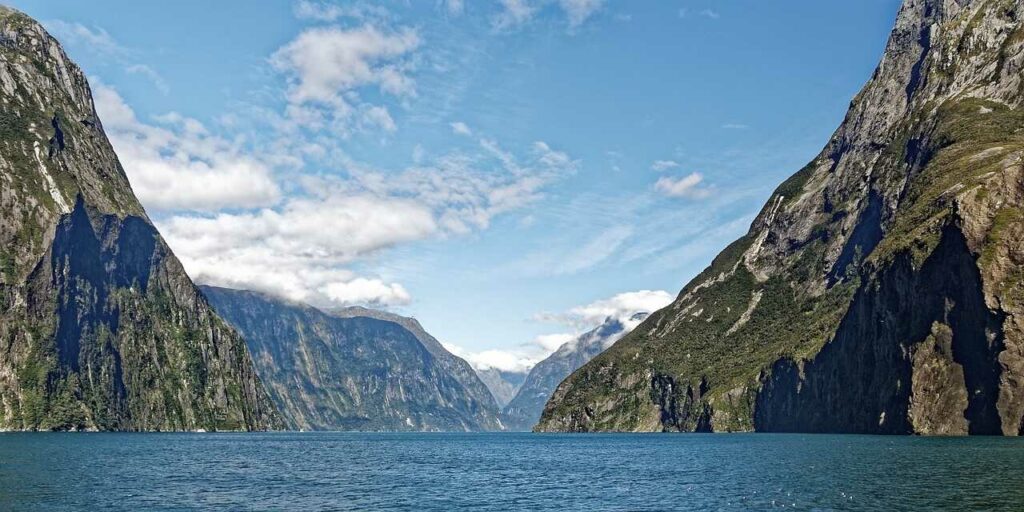
habitat
出典:https://pixabay.com/images/id-4850753/

habitat
出典:https://pixabay.com/images/id-5213711/
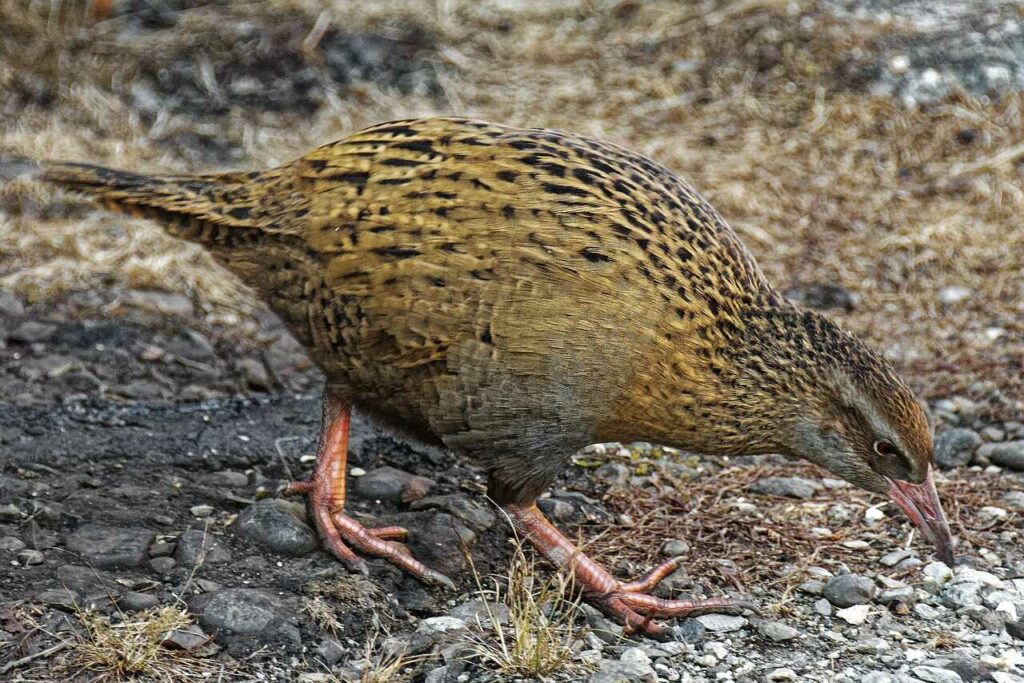
enemy
出典:https://pixabay.com/images/id-4865530/
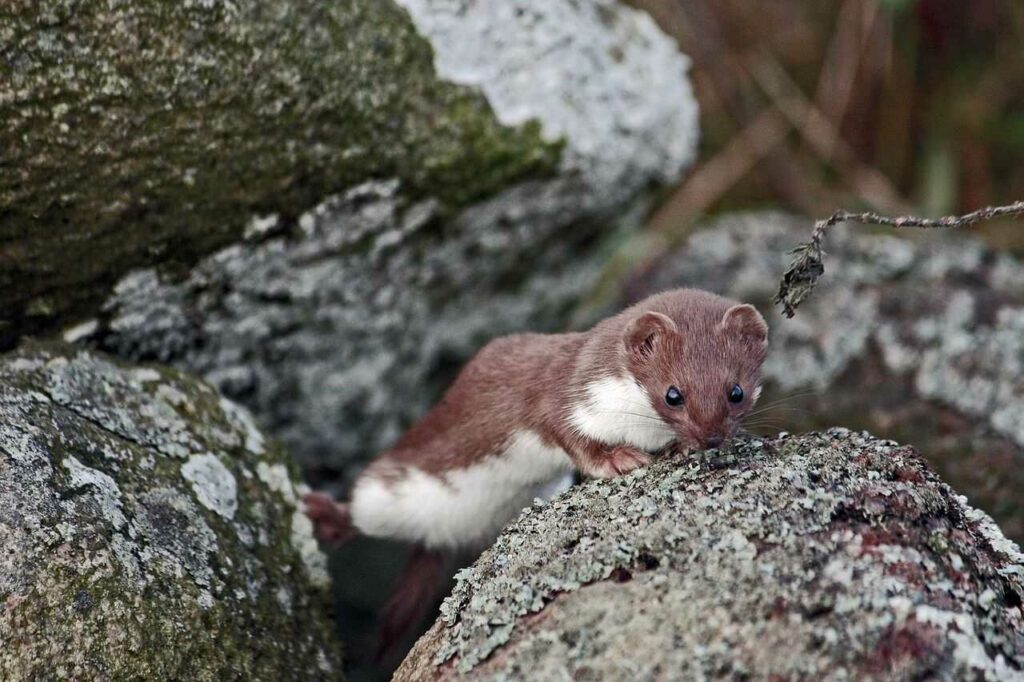
enemy
出典:https://pixabay.com/images/id-6562879/

Help Enrich Our Animalbook.jp with Your Media!
We are constantly looking to expand and enrich our Animalbook.jp with amazing photos and videos of animals. If you have any media that you'd like to share, please contribute and help us showcase the beauty and diversity of the animal kingdom. Your submissions will be credited and featured in our encyclopedia, reaching a wide audience of animal lovers.

